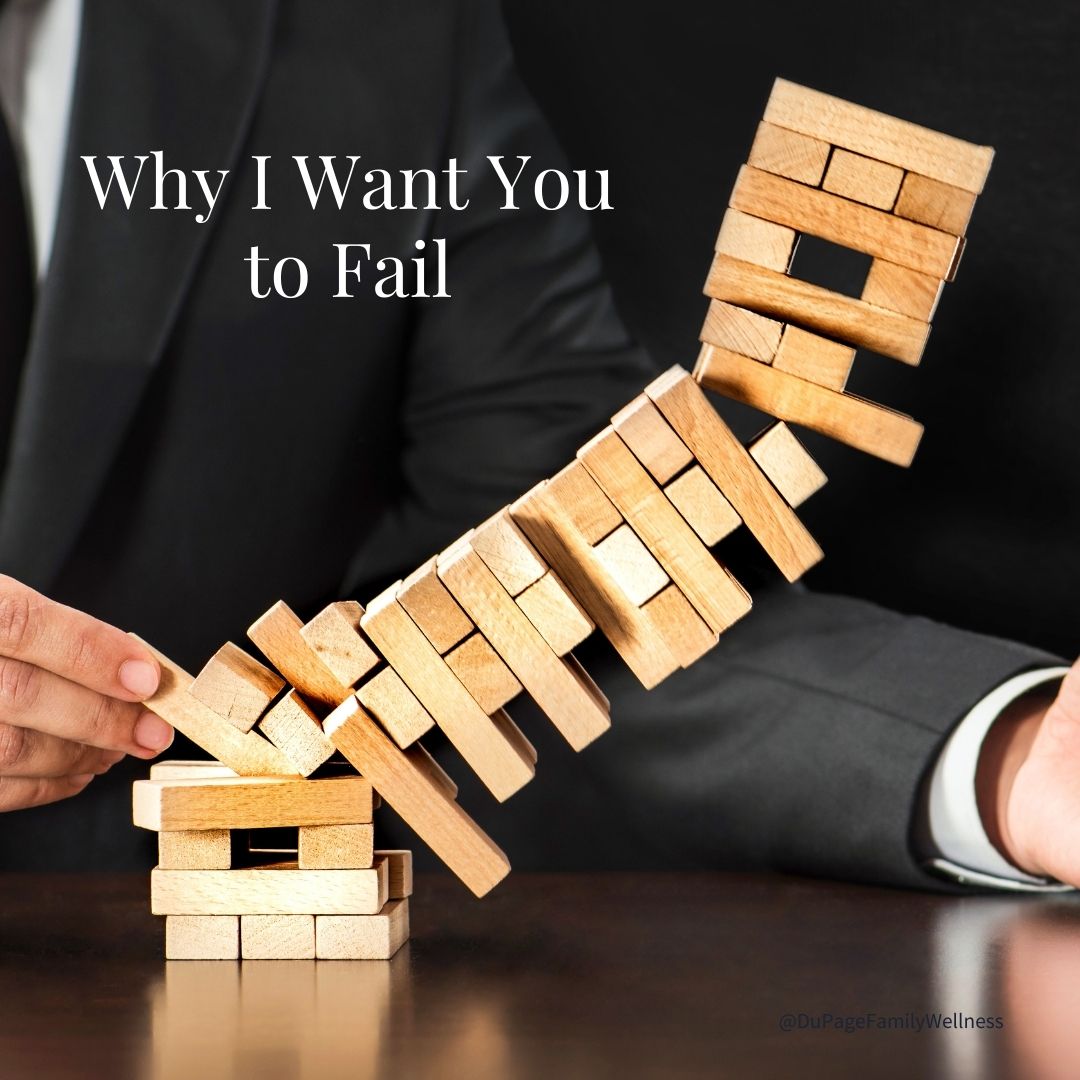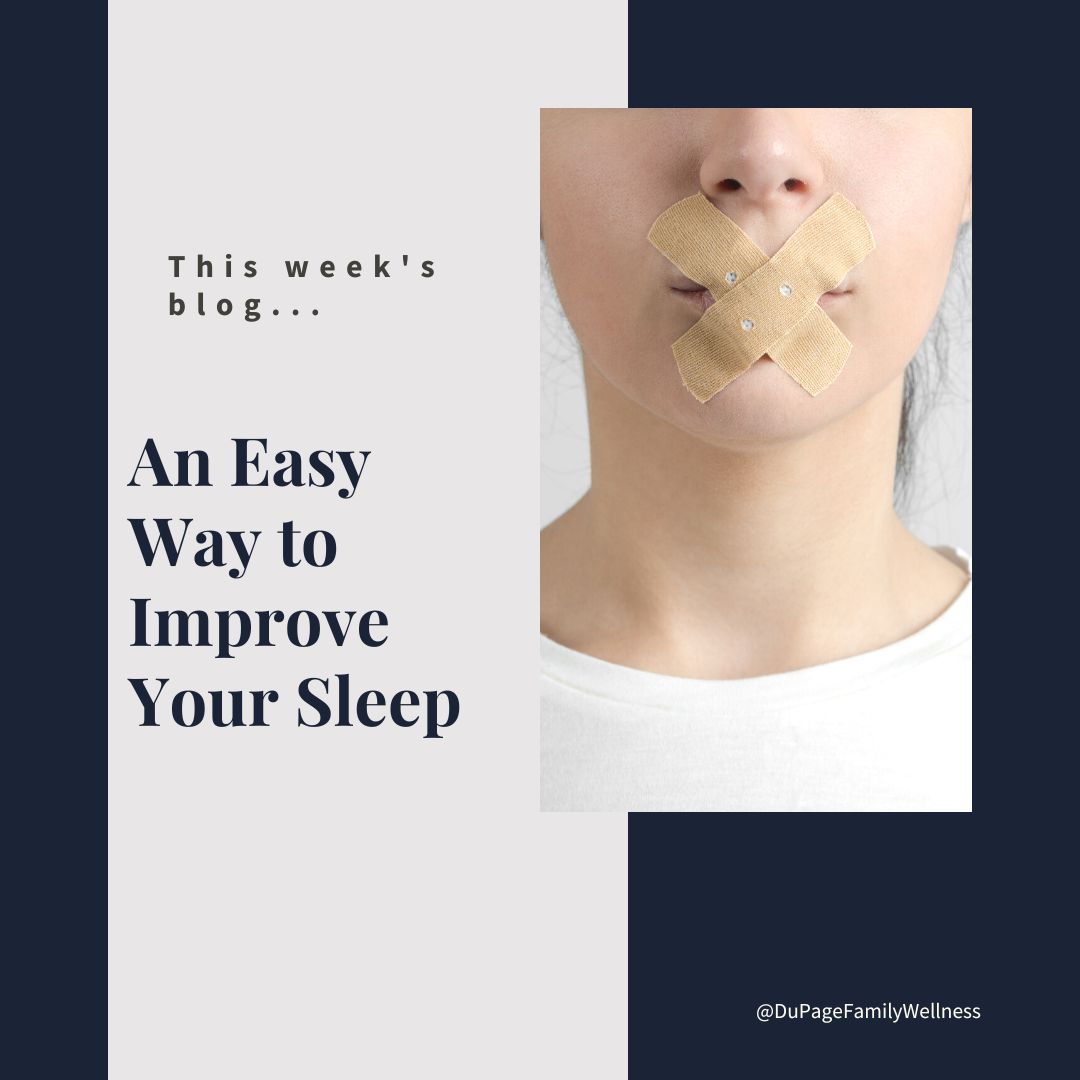 Do you ever have trouble sitting with your own thoughts?
Do you ever have trouble sitting with your own thoughts?
Perhaps you go through most of your day at a fast pace... rushing out the door to run an errand on the way to work, or picking the kids up only to rush home and make dinner before running to another activity.
If so, you are not alone. We live in a fast-paced society and rarely take time to sit with our own thoughts. As a result, you may have lost the ability to simply be present, sitting with your own thoughts with ease.
Let's explore this issue and discover ways we can become accustomed to being in the present once again.
Shocking Research
Studies done by researchers looked at this issue by asking people to be alone with their thoughts for 15 minutes. Participants were given the option to give themselves an electric shock if they didn’t want to simply be alone with their thoughts for the full time.
The results were truly unbelievable! A full 30% of men and 60% of women chose to give themselves an electric shock, rather than being alone with their thoughts.
It is interesting that anyone would rather experience the pain of a shock rather than sitting with their own thoughts, but it is not completely surprising. As a society we do not value stillness and presence, instead honoring productivity and accomplishment. For many people this culture of striving results in great discomfort when they have time to simply be.
What You Can Do Today
If you are someone that has little time for sitting with their own thoughts, you may find it beneficial to intentionally develop your ability to simply be. But with all the busyness surrounding you, what can you do to give yourself a little time alone with your thoughts today?
To begin with, start small. You don’t need to go to an hour long meditation or yoga class three times a week. Simply sit in your car for a couple minutes after doing your grocery shopping or dropping the kids off at an activity. During this time settle your heart and focus on your breath.
When your mind begins to wander, just notice it and bring it back to your breath in a non-judgmental way. It is normal to have to bring your mind back to the present quite frequently when you begin this practice, the key is to simply refocus without getting caught up in frustration.
Use Your Senses
Your senses are other great tools to bring you back into the present. The following exercise takes just a few minutes and can be done just about anywhere.
Start by getting in a comfortable position either sitting in a chair with your feet flat on the ground or lying down if you aren’t too tired. Then take a few refreshing deep breaths. Now tune in to your senses. What are 5 things you can see, 4 things you can hear, 3 things you can touch, 2 things you can smell, and one thing you can taste?
Using Guided Visualizations
Some people find guided visualizations extremely helpful in helping them focus when they are first trying to develop this type of practice. Kristen Neff is a mindfulness expert who focuses on self-compassion.
Her guided meditations are available free online. Each exercise lasts between 5-25 minutes and can be done in the privacy of your home. It is a great place to start if you struggle to stay present in the moment.
Developing a Mindfulness Practice
As you develop your skills to be present in the moment, you are actually developing a mindfulness practice. Mindfulness had been found to lower stress, anxiety, and depression. Becoming more mindful can even help you respond more appropriately in stressful situations.
There are so many ways to develop your own mindfulness practice. It is truly just intentionally bringing your attention to what is happening in the moment without judgement. Even just a few moments of purposefully being in the moment can make a difference. There is no right or wrong way to do it as long as it’s approached with openness and grace.
Perhaps the only time you have to yourself is when you are in the bathroom or going to bed. If so, try giving yourself a few minutes alone with your thoughts while you are lying in bed or taking a shower.
These little moments will become a gift that you can look forward to giving yourself throughout the day!
Dr. Jamie
 According to the dictionary to fail is to be unsuccessful in achieving one's goal. It implies a weakness, shortcoming, and lack of success.
According to the dictionary to fail is to be unsuccessful in achieving one's goal. It implies a weakness, shortcoming, and lack of success.
Failure can be a painful experience, leading to embarrassment and shame. But what if we could reframe this type of experience by looking at the bigger picture. Is it possible that failing is simply a footstep on the path to greatness?
Let’s explore this topic and see why many leaders deem failure necessary!
The Growth of Failure
"Success consists of going from failure to failure without loss of enthusiasm." - Winston Churchill
Think about one of your greatest achievements. Did you accomplish it easily without any challenges? Probably not! The fact of the matter is that we learn because we mess up.
Making a mistake gives us valuable information. When we embrace our mistakes, we can take what we’ve learned and apply it to achieving our goals.
The Limits of Playing it Safe
"Failure is an option here. If things are not failing, you are not innovating enough" - Elon Musk
Understanding the importance of failing, it frees us up to risk, try, fail, and learn more. If you never fail your goals may be too small. This might keep us from failure, but it will also limit our growth. Achieving greatness inherently comes with risk of failure.
If we can embrace our mistakes as a part of learning, we will not need to play it safe. We will be free to try innovative ideas which have the potential for huge success. No one is good at something the first time they try, but there are benefits in taking a risk!
Failing Forward
“We are all failures - at least the best of us are.” - J.M. Barrie
Stanford professor, psychologist, and author Carol Dweck writes extensively about having a growth mindset in her book "Mindset: The New Psychology of Success". A growth mindset recognizes that your intelligence and abilities are not fixed - that you are able to learn and grow.
It is a growth mindset that will enable us to "fail forward." We fail forward when we keep persevering in spite of failure, knowing that failing is a part of the learning process. Embracing this truth really frees you up to be (and accomplish) all you can be!
Keep in mind that many of those considered the most successful were often considered failures at one point. Did you know that Howard Schultz was rejected for a loan 242 times before he secured the funds to start Starbucks?
How do you need to embrace failure in your life? What would you try if you knew you wouldn't fail? Could you give yourself permission to try, knowing that sometimes failing is part of the process? And that is why I want you to fail!
Dr. Jamie
 Between work, activities, and family, life can feel pretty overwhelming. You may feel like there aren’t enough hours in the day, so there simply isn’t time to get a good night’s sleep. But sleep is one of the most fundamental functions we do each day. Without good sleep, you will not only feel terrible, but you will begin to damage your body.
Between work, activities, and family, life can feel pretty overwhelming. You may feel like there aren’t enough hours in the day, so there simply isn’t time to get a good night’s sleep. But sleep is one of the most fundamental functions we do each day. Without good sleep, you will not only feel terrible, but you will begin to damage your body.
Without proper sleep, you will likely notice a difference in your energy, mood, and ability to function. And if you consistently wake up from a full night's sleep feeling less than refreshed, you may be dealing with undiagnosed sleep issues.
There is an easy way to check for such a sleep issue that you can do in the privacy of your own home. This simple test costs next to nothing and only takes a few extra seconds at night. Let’s look at what the experts say about this test and how to use the results to train your body to sleep well again!
What We Are Looking For
According to Dr. Mark Burhenne of Ask the Dentist, sleep apnea is the “lack of the ability to breathe properly at night to the point where your sleep is interrupted.” While most people are aware of severe sleep apnea, Burhenne explains that mild forms are often left undiagnosed, especially in otherwise healthy individuals.
Oftentimes a dentist can see early warning signs of sleep apnea through features in the mouth. These early signs include gum recession, tooth sensitivity, TMJ, dry mouth, morning headaches, chipped teeth, and nighttime clenching or grinding.
All of these signs can be attributed to the inability to consistently breathe through your nose rather than your mouth.
A Simple Test
Discovering if you are a mouth or nose breather at night is the first step. But how do you know what you are doing while you are asleep if there is no one watching you throughout the night? The easiest way is to use some special mouth tape to gently tape your mouth shut at night.
Read more ...
 Are you a parent that has decided to skip Halloween this year? Or do you feel trick-or-treating is one of the few normal fall activities that can be done safely?
Are you a parent that has decided to skip Halloween this year? Or do you feel trick-or-treating is one of the few normal fall activities that can be done safely?
Whatever decision you’ve made, a great deal of thought probably went into your choice as you may feel especially nervous about your family’s health this year. It makes sense that you would have these concerns as we are in the midst of a pandemic, and the start of the dreaded flu season will soon be upon us soon!
Many people go through the flu season each year just hoping that their family will stay healthy, and this year the stakes seem even higher. But what if you could reframe your perspective and take back some of the power over you and your loved ones' health?
Let’s begin by reconsidering “flu season.” By understanding some of the underlying causes of the season, you can begin making the best choices for yourself (and your family).
The Flu Season Myth
It is true that there are more cases of the flu diagnosed during December and February, but germs for the flu are around all year. If these germs are always around, why do we see an increase in the number of flu cases during the fall and winter months?
I really like the way that Dr. Angie Elliot explains this phenomenon in her article “There’s No Such Thing As ‘Flu Season’.”
“Think for a moment about what would happen if you planted a seed in the ground. You covered it with soil, didn’t water it, offer it sun, or supply it with air. Would the seed grow? NO! Why not?
The answer is that the condition of the soil was not ideal for the seed to take root and for the plant to flourish. Now, consider your body equivalent to soil and a virus or bacteria as the seed. If you planted that seed in your body right now, could it grow?
Read more ...
 We at DuPage Family Wellness would like to wish you a Happy Thanksgiving week!
We at DuPage Family Wellness would like to wish you a Happy Thanksgiving week! 

 Do you ever have trouble sitting with your own thoughts?
Do you ever have trouble sitting with your own thoughts? According to the dictionary to fail is to be unsuccessful in achieving one's goal. It implies a weakness, shortcoming, and lack of success.
According to the dictionary to fail is to be unsuccessful in achieving one's goal. It implies a weakness, shortcoming, and lack of success.  Between work, activities, and family, life can feel pretty overwhelming. You may feel like there aren’t enough hours in the day, so there simply isn’t time to get a good night’s sleep. But sleep is one of the most fundamental functions we do each day. Without good sleep, you will not only feel terrible, but you will begin to damage your body.
Between work, activities, and family, life can feel pretty overwhelming. You may feel like there aren’t enough hours in the day, so there simply isn’t time to get a good night’s sleep. But sleep is one of the most fundamental functions we do each day. Without good sleep, you will not only feel terrible, but you will begin to damage your body. Are you a parent that has decided to skip Halloween this year? Or do you feel trick-or-treating is one of the few normal fall activities that can be done safely?
Are you a parent that has decided to skip Halloween this year? Or do you feel trick-or-treating is one of the few normal fall activities that can be done safely? 